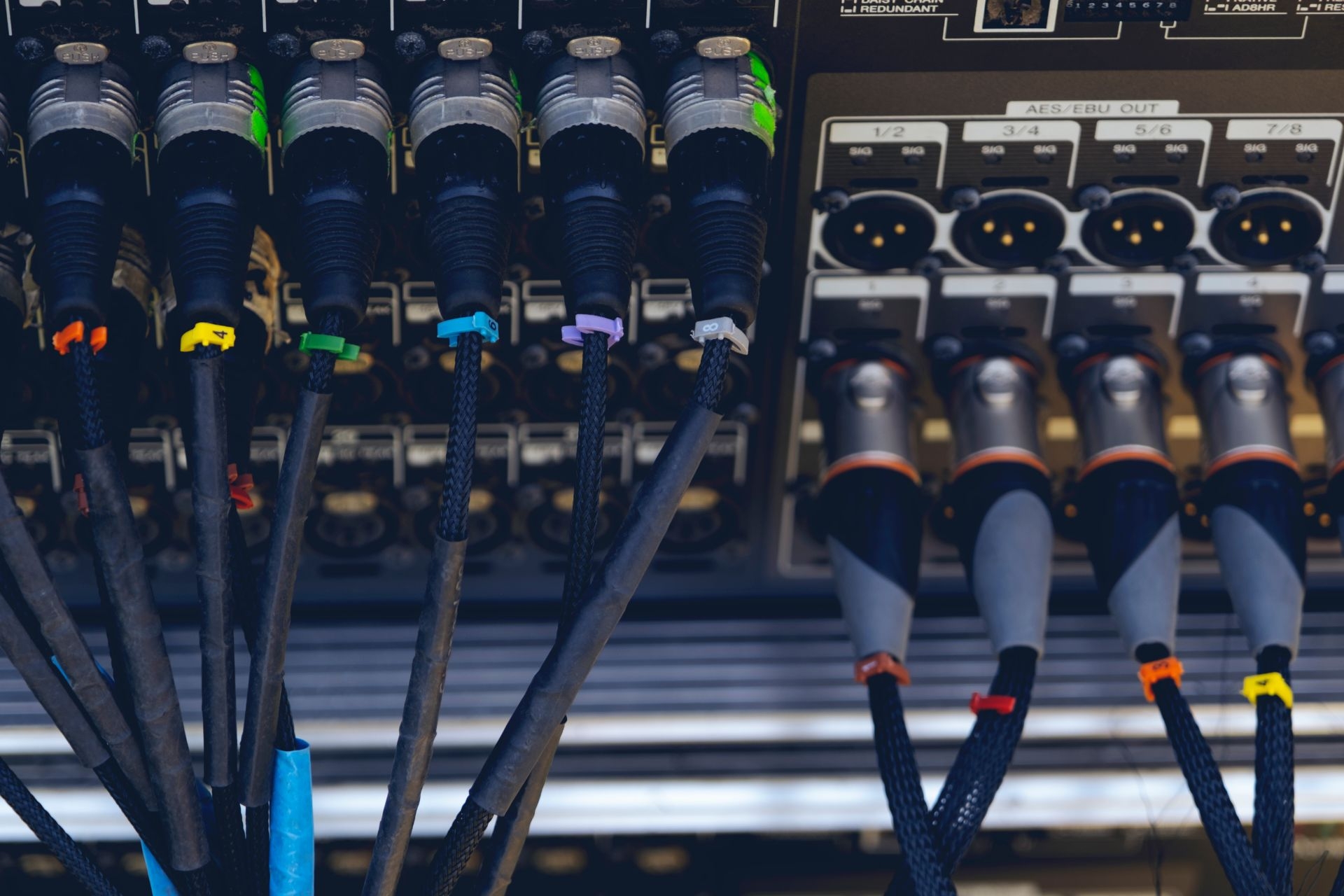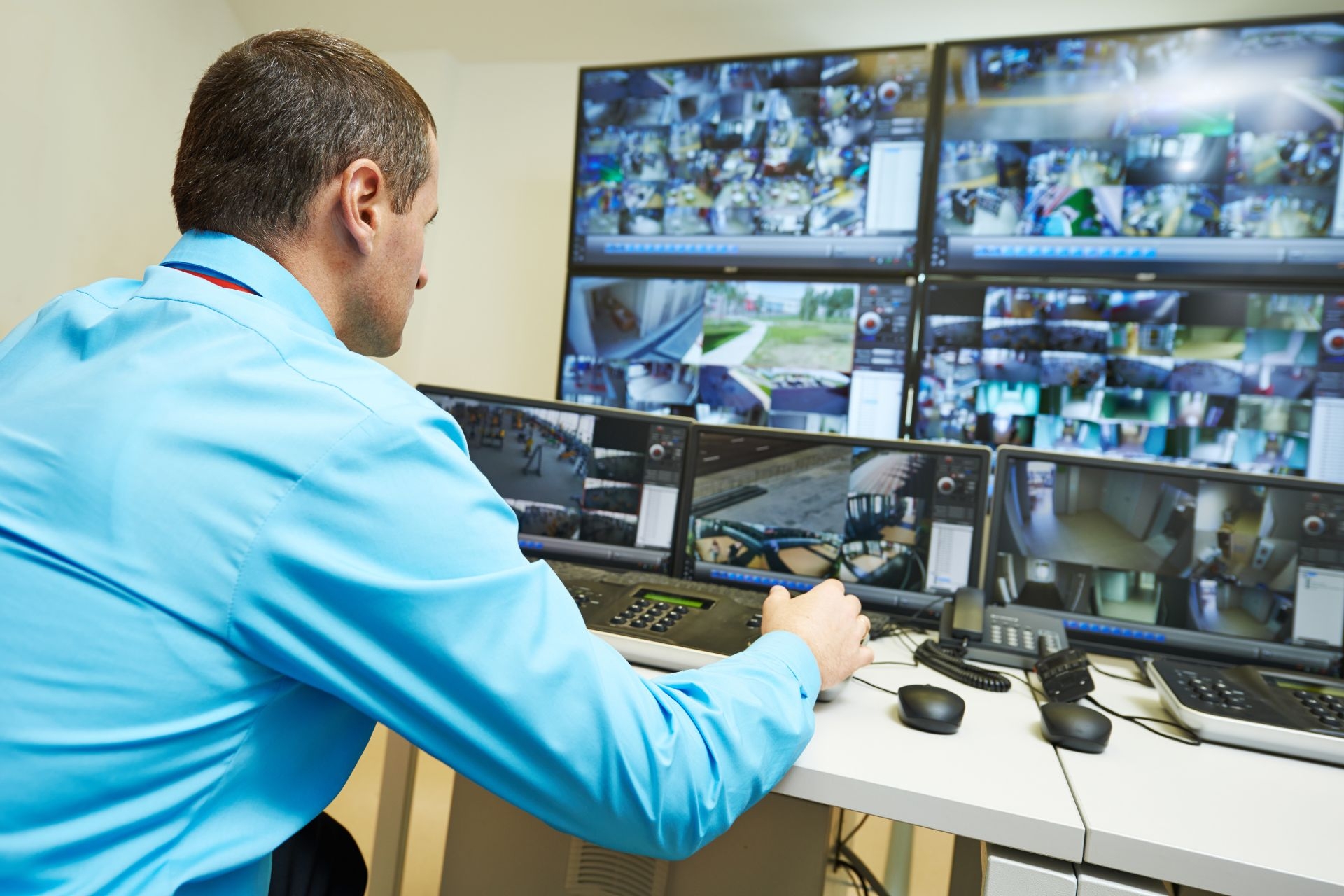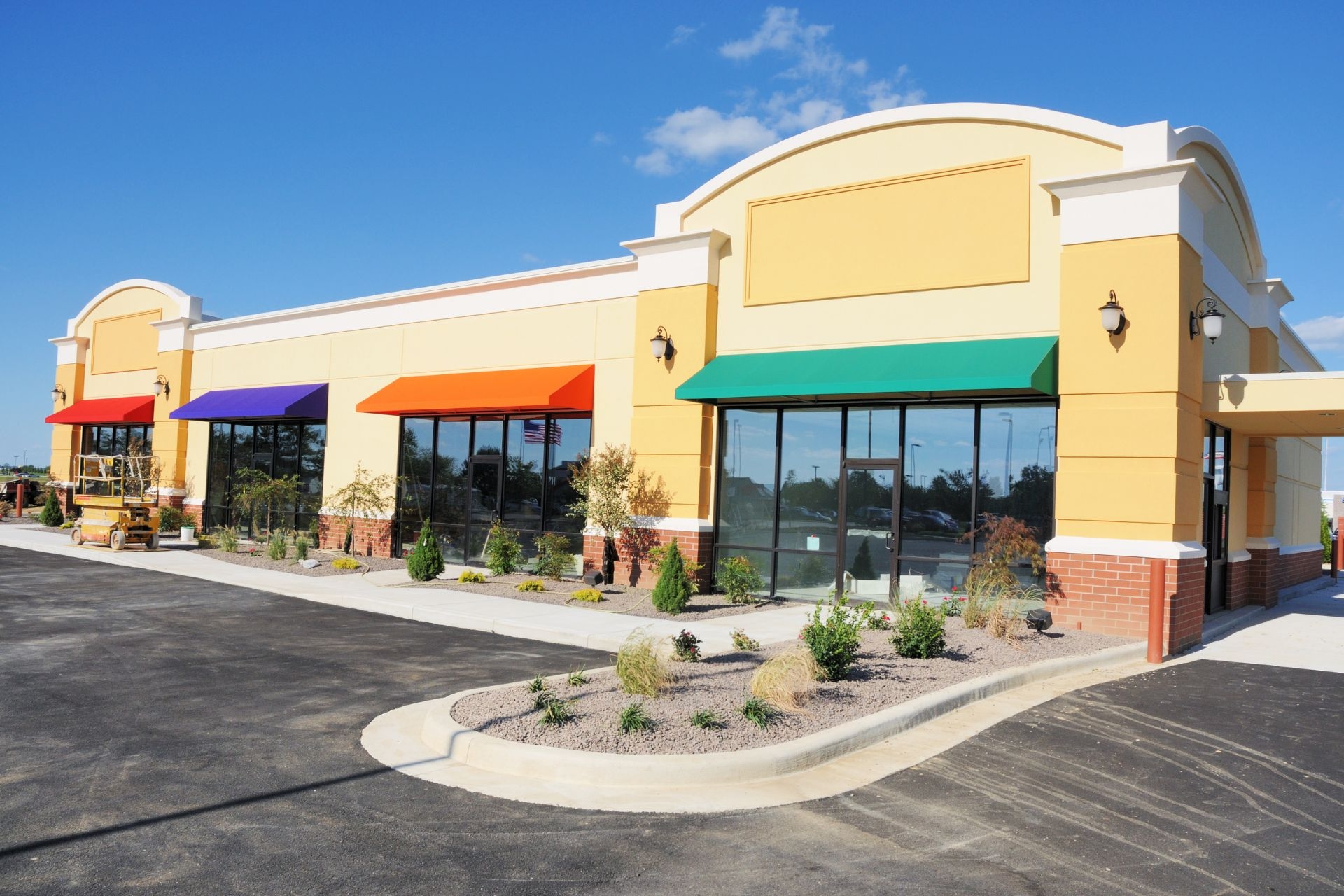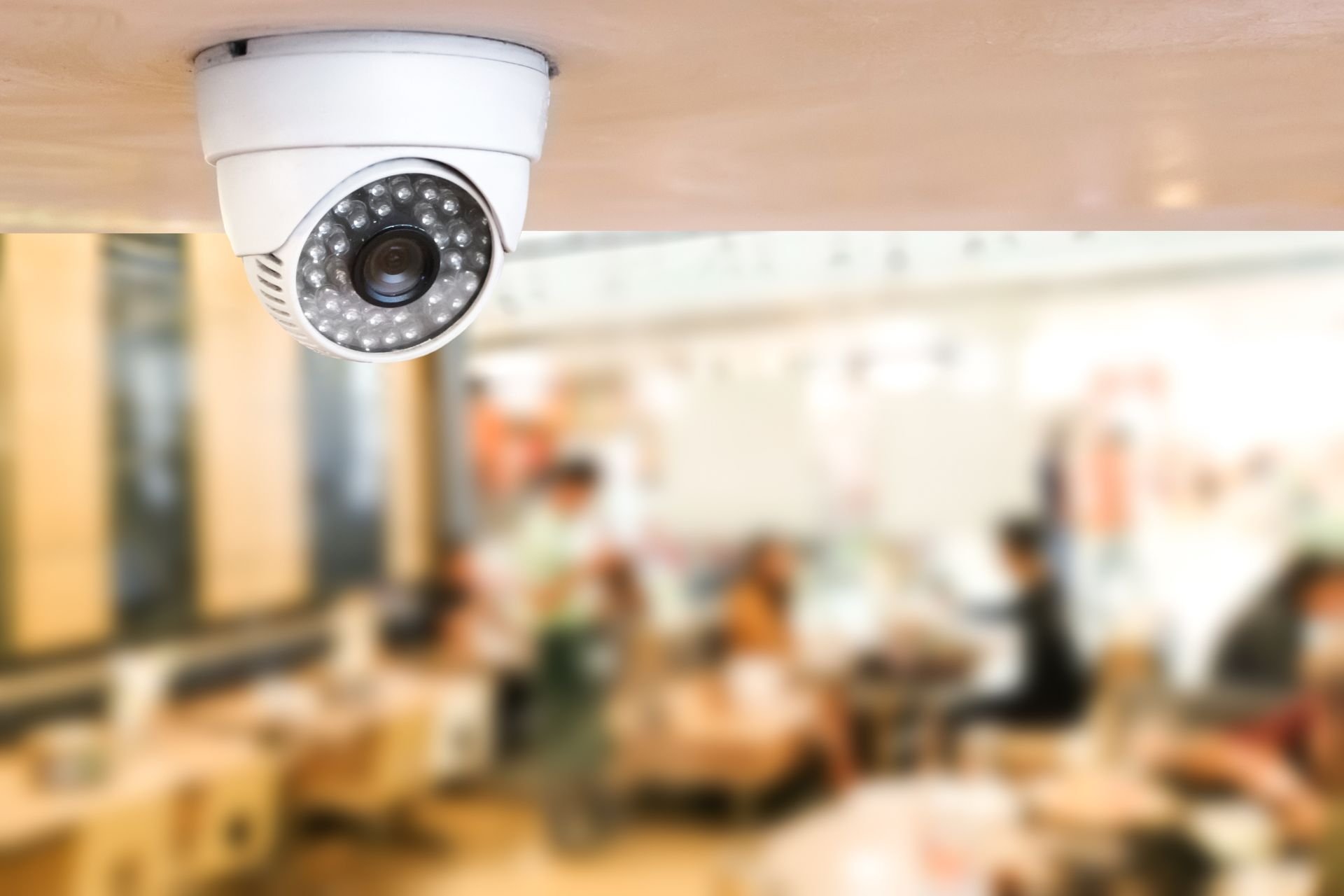Retail Click-and-Collect Pickup Point Cameras
How do cameras at retail click-and-collect pickup points enhance security measures?
Cameras at retail click-and-collect pickup points enhance security measures by providing real-time monitoring of the pickup area, deterring potential theft or fraudulent activities, and ensuring the safety of both customers and employees. The presence of cameras acts as a visual deterrent to any suspicious behavior and can help in identifying and resolving security incidents promptly.



